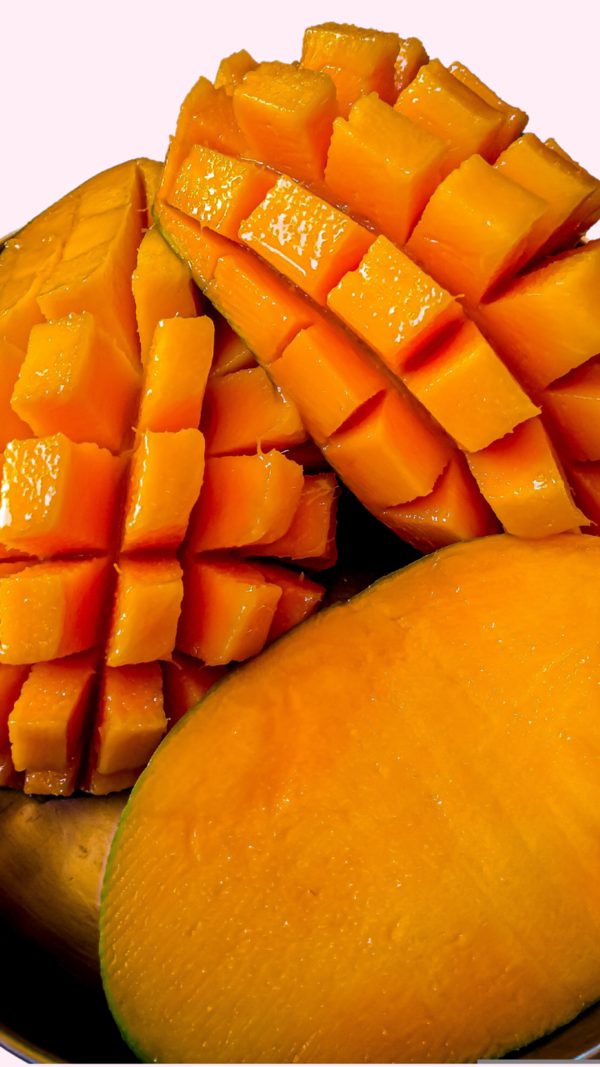- News
- Sports News
- Wrestling of fingers: Germany’s Fingerhakeln, where fingers fight fiercely
Trending
Wrestling of fingers: Germany’s Fingerhakeln, where fingers fight fiercely
In Pang, Bavaria, the 64th German Finger Wrestling Championship unfolded on April 27, 2025, drawing 180 participants in traditional attire. Fingerhakeln, a test of strength and heritage, involves competitors hooking fingers in a leather loop, attempting to pull each other across a table. Despite injuries, the sport, rooted in 19th-century Bavarian tradition, thrives with clubs and loyal fans.
In the quiet Bavarian town of Pang, tradition and raw strength come together each year in a sport that is as fierce as it is unusual: Fingerhakeln, or finger wrestling. On April 27, 2025, around 180 men, dressed in traditional Tracht, gathered for the 64th German Finger Wrestling Championship. The rules are simple but brutal. Two competitors hook a finger into a leather loop and attempt to pull each other across a table. Each bout lasts only a few seconds but often results in dislocated fingers, open wounds, and loud cheers, all in the name of pride and regional heritage. It’s more than sport, it’s a battle of pain, pride, and tradition.
Origin of Fingerhakeln: The painful game that became a national sport
Fingerhakeln dates back to the 19th century and is believed to have started in Bavarian and Austrian inns as a way to settle arguments. What began as an informal test of strength and pain tolerance has evolved into a well-regulated sport with clubs, categories, and loyal fans. The sport is especially popular in the Alpine regions of Germany and Austria, where it holds cultural and historical significance. It has transformed from pub pastime to a symbol of Alpine masculinity.

Image credits: AP
How is the game played
Matches take place on standardised wooden tables fitted with leather straps and padded supports. Two men sit opposite each other, usually with their middle fingers ready, and insert a finger into the loop. At the referee’s signal, the match begins. Each competitor tries to pull the other across the table. Special attendants stand by to catch anyone who loses grip and flies backwards, which happens often. It’s a clash of wills where milliseconds can decide victory.
Technique matters
While strength is essential, finger wrestling also requires speed, form, and strategy. “How you sit, how fast you transfer power, it all matters,” says Maximilian Woelfl, a seasoned competitor. Training involves finger-strengthening exercises such as pulling cables and hoisting blocks. Precision and pain tolerance can often outweigh brute force. In this sport, finesse can often beat out raw power.
What do the participants wear
Participants wear Tracht, traditional leather shorts and embroidered suspenders, which gives the event a festive and cultural charm. The championship was part of the Panger Folk Festival, combining competitive sport with community celebration. With divisions for different ages and weight classes, the event attracts everyone from teenagers to senior veterans of the sport. The attire connects athletes to centuries of mountain heritage.

Image credits: AP
Bloody but not dangerous
Next Stop: Mittenwald
Following the Pang event, the next major competition will be the Bavarian Finger Wrestling Championship in Mittenwald later this summer. There, athletes will again test their strength and resilience in a sport that reflects both their heritage and their grit.
End of Article
Follow Us On Social Media










